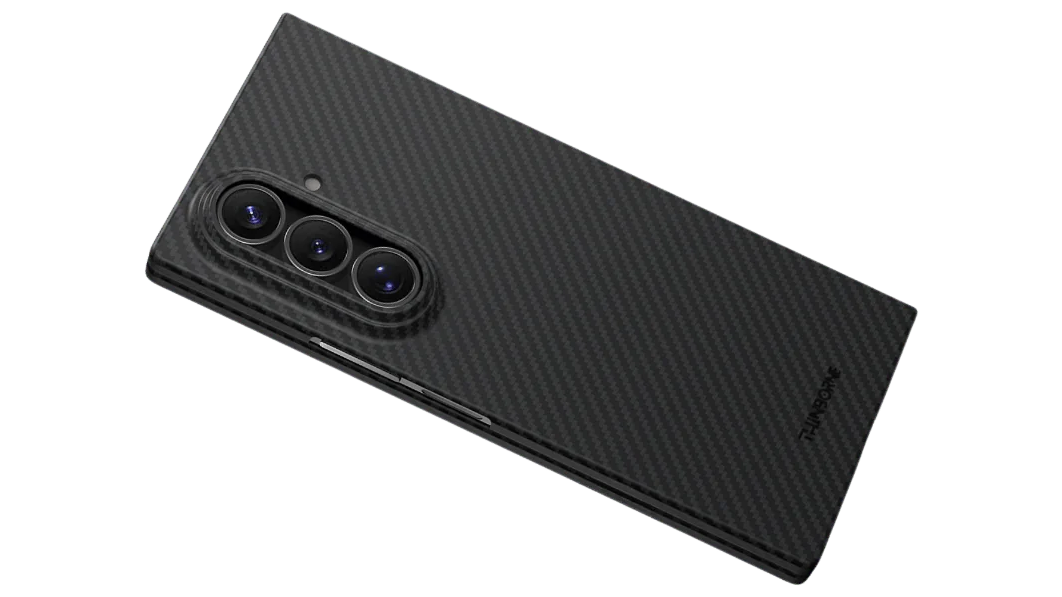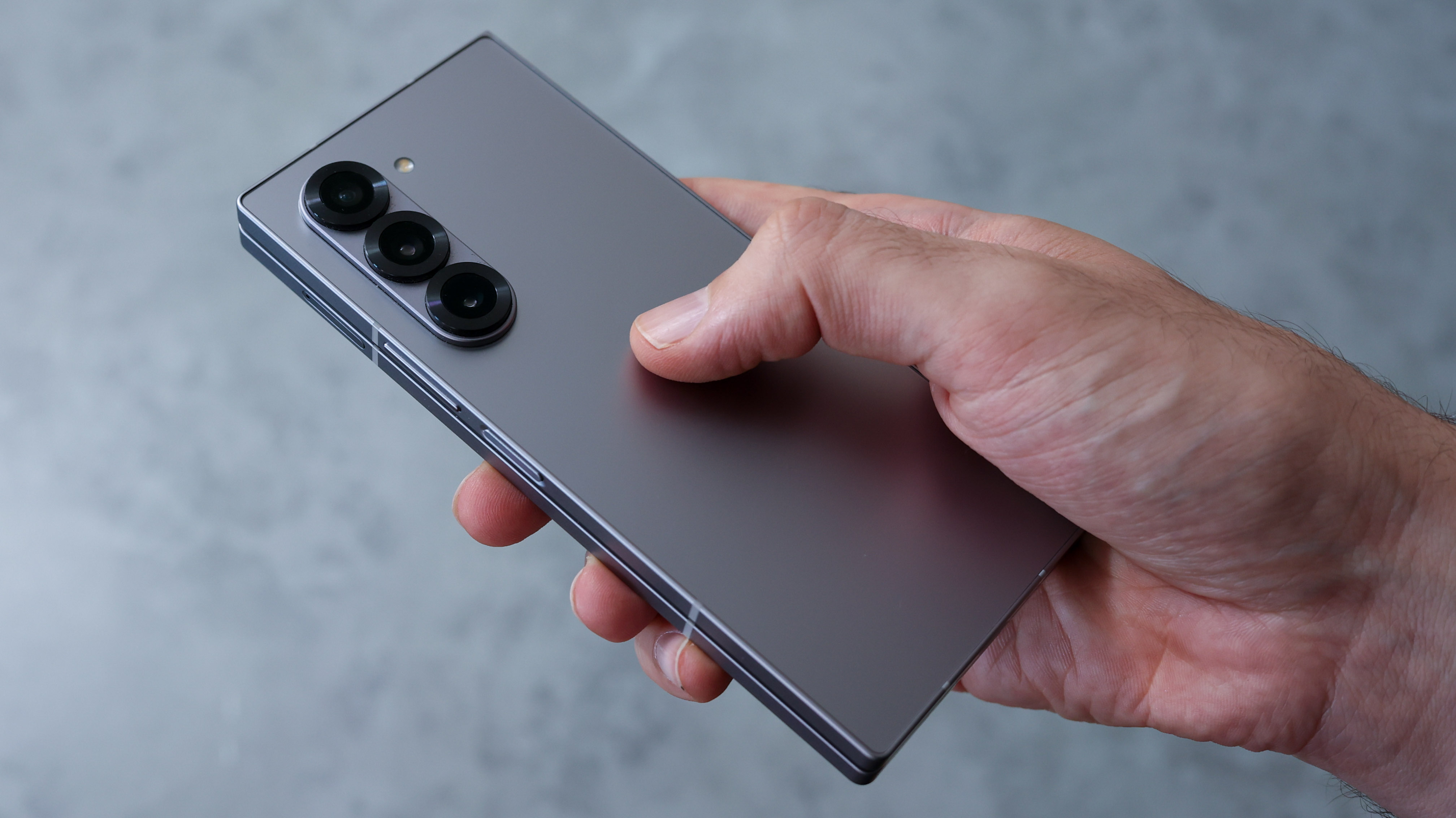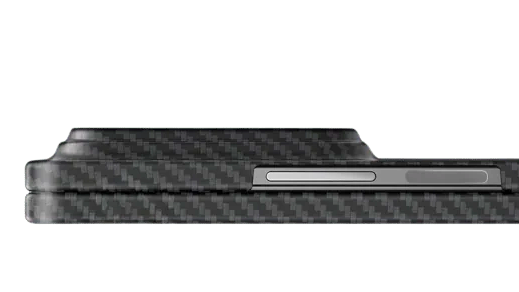
Camera phones are getting thinner, and yet as manufacturers shave fractions of millimetres off the thickness of their latest handsets, there continues to be an elephant in room: the camera bump. The likes of Samsung and Google seem to conveniently overlook the increasingly giant growths protruding from the rear of their phones when advertising the thickness of their handsets (the Galaxy S25 Edge being a prime example). Yet as phones get ever-slimmer, even if these camera bulges stay a consistent thickness, they'll appear bulkier in relation to the pancake proportions of the rest of the chassis.

And it seems this thickness mismatch may be especially noticeable on Samsung's upcoming foldable: the Galaxy Z Fold 7. If initial renders accurately represent the phone's final design, then the device could be incredibly thin, but this in turn accentuates the considerable thickness of the camera bump. This looks to contain three camera modules, which would tally with the wide/ultra-wide/telephoto combo offered by the current Z Fold 6.

It's worth noting that these latest images show the supposed Z Fold 7 inside a ThinBorne case, but assuming the thickness of the case material is consistent, this shouldn't alter the general proportions of the camera bump thickness relative to the thickness of the rest of the phone. When the phone is viewed from the edge, the camera bump can be seen to be almost as thick as the rest of the phone in its closed position.

However, while manufacturers like Samsung may be hell-bent on shrinking the thickness of their phones, one thing that cannot be squashed is a camera module, at least not without compromising camera image quality. An image sensor, for example the 1/1.56" ISOCELL HP5 used in the Galaxy S25 Ultra's primary camera, requires a lens to be a specific diameter and distance from the image sensor, in order to correctly focus the subject on the sensor. If you want to close the distance between sensor and lens in order to reduce the thickness of a phone's camera bump, you'd need to correspondingly shrink the size of the sensor, which would almost inevitably hurt image quality.
So there you have it: you can have a super-slim phone, but that camera bump is going to stay thick, and it'll look increasingly disjointed from the rest of the phone.
Story credit: 9 to 5 Google







